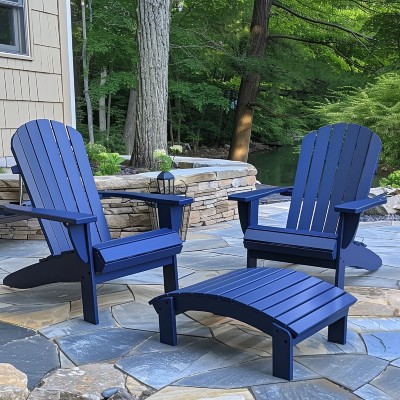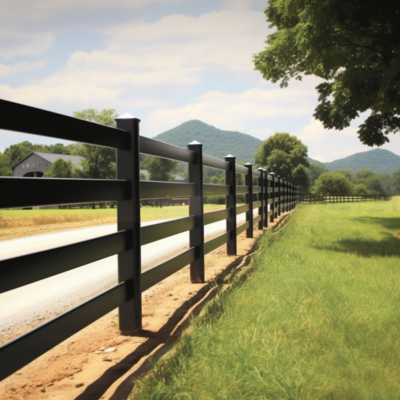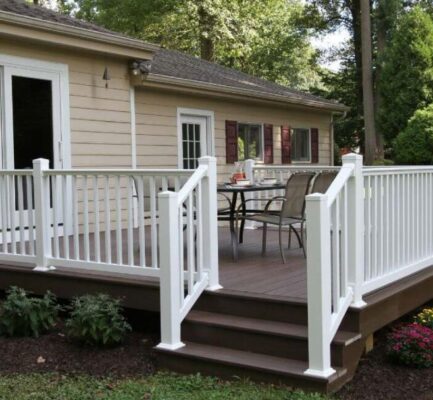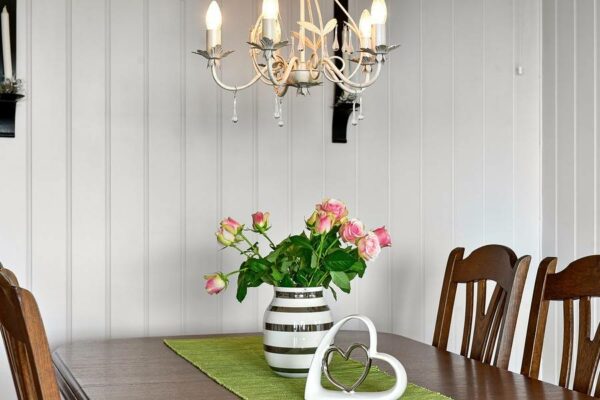Plastic Waste In The Environment
The world produces more than 380 million tons of plastic each year! Sadly, nearly 50% of that yearly plastic is used for only a few minutes and then thrown away. Despite efforts to encourage recycling, only around 9% of the plastic that is disposed of is actually recycled. The rest ends up in landfills or, sadly, the environment. Once in the soil or in the ocean, plastic can cause serious harm.
Microplastics
Plastic doesn’t just exist in the form into which it is molded. Scientists have found that microplastics can be found throughout our environment. Microplastics are small plastic particles measuring less than 0.2 inches in diameter. Primary microplastics are specifically designed and used commercially, often in cosmetics and clothing. Secondary microplastics are created when larger plastic items begin to break down. Microplastics are a major problem because they, like most plastics, do not break down easily. In fact, plastic can take hundreds of years to decompose.
Plastics On Land
Larger plastic pieces can become stuck on the feet, legs, wings, and heads of local wildlife. If they can’t become free, they could lose an appendage, become easy prey for another animal, or starve. If they eat a piece of plastic while scavenging, it could cause intestinal blockage and cause death. Microplastics in the soil can also be consumed. Studies have shown that microplastics release additives such as BPA that can impact the hormones of the animals and people consuming them. Research has also shown that animals behave differently when microplastics are found in soil. For example, earthworms are found to burrow differently when microplastics are present. Given that many plants are dependent on earthworms, this could result in issues with growing vegetation.
Plastics In The Ocean
Just like on land, plastic in the ocean has a devastating effect on wildlife. Fish, whales, sharks, turtles, rays, and dolphins have all been hurt by plastic waste. To give an example of how widespread plastic pollution is in the ocean, 100% of all mussels that have been tested have been found to contain microplastics. More than 8 million tons of plastic waste are dumped into the ocean each year and until steps are taken to stop this pollution, thousands of marine animals will die as a result.









